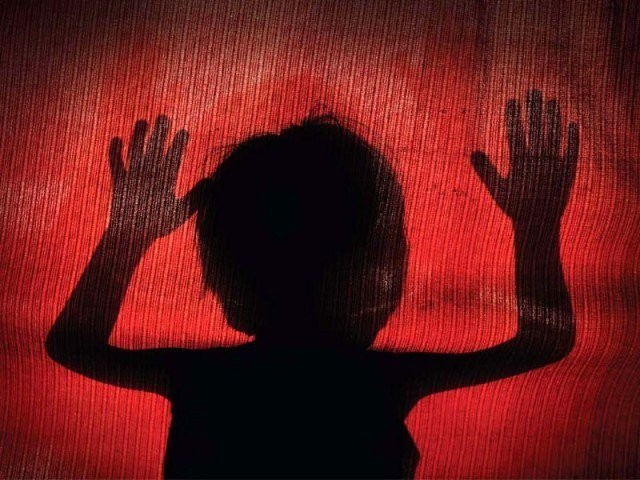
Hundreds of other equally heart-rending cases of unimaginable cruelty towards children never make it to the headlines. The saga of one more child abuse, one more torture, one more rape, one more murder, one more notice taken and one more JIT appointed has continued pointlessly for the last 70 years and there is everything to suggest that it will only get worse.
Before initiating a new set of child protection reforms, it is important to understand our existing institutional capacity. It may be fair to admit that while we have a graveyard full of vague and conflicting laws, there are no supporting systems, structures or processes that actually exist on the ground.
A child protection system is often narrowly viewed as picking up street children and placing them in a shelter. The reality is that this cruelty and abuse are spread over a much broader canvas that includes 25 million out-of-school children, 12.5 million children trapped in child labour, 1.5 million children living, working and begging on streets and about a million children working as domestic help.
Ironically, while we are deeply distressed at the 3,832 incidents of child sex abuse in 2018, we appear to be not as concerned with the bigger and equally painful circumstances that feed and promote child abuse in Pakistan.
The first step in creating a child protection system ought to begin by knowing the facts and data. Our existing information on child abuse is the result of a voluntary or a funded effort by an NGO or an international body. The state of Pakistan itself is easily the least informed party.
Why does our own state not collect its own data of its own most precious and vulnerable population? The last child labour survey was conducted in 1996. The next was recently inaugurated in March 2019. As almost every project with foreign aid has failed in the past, the fate of this Unicef-sponsored survey could be no different.
It is important for the state to shed all petty pillars of international piety and set up its own national database for the children of Pakistan. Complete details of every child from birth to at least 18 years of age must be known to the state, which should include as a minimum, data relating to birth record, family, address, child registration certificate, immunisation record, the grade and the school attended by the child. This data must be updated on a yearly basis.
Birth records are the first element of the data needed for developing a child protection system. Sadly, our 66% children (age 1 to 5) have no birth records. The state does not know who and where they are or for that matter, do they even exist or not. Unregistered children are infinitely more vulnerable and difficult to track when subjected to trafficking, kidnapping or child labour.
The technology for digital birth certificates is now available. An ‘app’ has been made and a pilot project has been completed. A well designed and managed programme based on health workers, marriage registrars and volunteers (who are paid a small honorarium) can be created to act as an interface between the government and the local village or community.
They go house to house and fill birth registration forms for every child who does not have a birth certificate. Using the ‘birth registration app’, this data can be digitally submitted to the designated government authorities for review and approval. The government authorities verify and approve the request and a digital birth certificate is dispatched at the given address.
This first step, however small and simple, would be a good test to determine if the government is truly committed to protecting its own children, or in merely churning out legal documents to satisfy the authors of the UN Convention on the Rights of the Child.
Published in The Express Tribune, May 30th, 2019.
Like Opinion & Editorial on Facebook, follow @ETOpEd on Twitter to receive all updates on all our daily pieces.













COMMENTS
Comments are moderated and generally will be posted if they are on-topic and not abusive.
For more information, please see our Comments FAQ